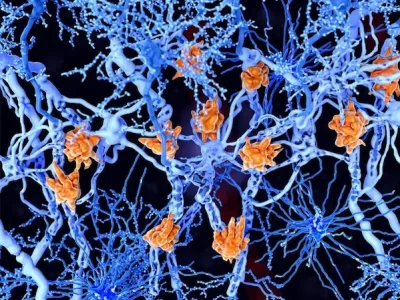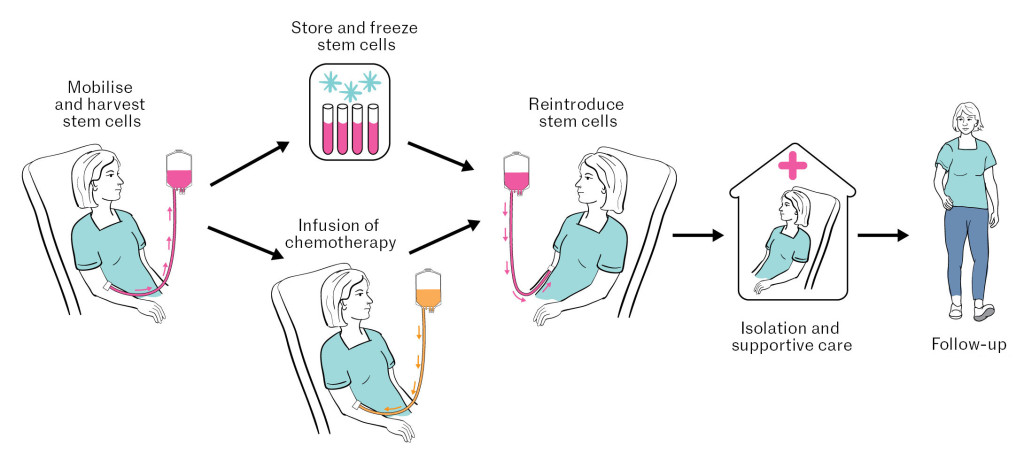All about Regenerative Medicine For Multiple Sclerosis
Wiki Article
Regenerative Medicine For Multiple Sclerosis Things To Know Before You Get This
Table of ContentsLittle Known Facts About Regenerative Medicine For Multiple Sclerosis.The Best Guide To Regenerative Medicine For Multiple SclerosisFacts About Regenerative Medicine For Multiple Sclerosis RevealedThe Regenerative Medicine For Multiple Sclerosis PDFsThe Greatest Guide To Regenerative Medicine For Multiple SclerosisThe Best Guide To Regenerative Medicine For Multiple SclerosisThe 7-Minute Rule for Regenerative Medicine For Multiple Sclerosis
The mesenchymal stem cells hair transplanted during stem cell therapy can split and develop to develop new cells that can fill in the harmed cells of the nervous tissue. This might bring back neurological functions in individuals with this problem. These benefits of stem cell treatment are additional supported by the capacity of MSCs to promote recovery.Clients with numerous sclerosis are typically treated with mesenchymal stem cells. These are multipotent stem cells that have the capability to differentiate and grow to create a large range of cell key ins the body. Once transplanted, these stem cells can develop to form healthy afferent neuron hence supporting the regrowth of the damaged cells of the nervous system.
When hair transplanted, the stem cells migrate to locations of swelling or damage within the central nerve system (CNS). They are normally attracted to the sites of injury where the immune system is assaulting the myelin sheath, the protective covering of nerve fibers. The stem cells function by promoting the repair and regeneration of harmed myelin, potentially recovering feature to affected afferent neuron.
The Greatest Guide To Regenerative Medicine For Multiple Sclerosis
Stem Cell Study on MS The National Multiple Sclerosis Society, along with various other companies, is actively funding and sustaining study into mesenchymal stem cell treatment for several sclerosis to discover their prospective and boost treatment methods. The objective is to create more secure and a lot more efficient ways to make use of stem cells in dealing with MS.
The Main Principles Of Regenerative Medicine For Multiple Sclerosis
Here are below from patients of individuals Swiss Medica clinic. The individual took a trip from Romania seeking treatment for MS after listening to favorable feedback regarding stem cell treatment for the illness.Get a cost-free online assessment to find out exactly how stem cells will certainly benefit your instance, and what are the period and price of the therapy. Clinical Advisor, Swiss Medica doctor Lemus, H. N., Warrington, A. E., & Rodriguez, M. (2018 ). Several Sclerosis: Systems of Disease and Approaches for Myelin and Axonal Repair Service.
See This Report about Regenerative Medicine For Multiple Sclerosis

Stem cells are cells in the body that can grow right into specialized cells that offer a certain function. They are also able to generate precise copies of themselves. There are two major sorts of stem cells: embryonic stem cells and adult stem cells. are located in the developing embryo and can develop into most types of cells in the body.
are found in some adult cells and organs including the bone marrow, skin, blood, and brain. Adult stem cells are not as adaptable as embryonic stem cells and are therefore a lot more minimal in regards to the kinds of cells they develop right into. The one-of-a-kind properties of stem cells supply promise for new treatments that can slow/halt MS disease task and fixing cells damages in the main anxious system.
Getting The Regenerative Medicine For Multiple Sclerosis To Work

The procedure involves collecting stem cells from a person's very own (autologous) bone marrow. The individual is after that treated with radiation treatment to deplete the immune system and stem cells are reintroduced into the body where they mature right into new, healthy immune cells - Regenerative Medicine for Multiple Sclerosis. Stem cells can be injected right into the body in various ways

In 2000, the MS Culture of Canada and MS Scientific Research study Structure moneyed a clinical trial entailing HSC transplants, led by Drs. Mark Freedman and Harry Atkins from the Ottawa Medical Facility Study Institute/University of Ottawa. The aHSC therapy available in Canada is a therapy that utilizes high-dose chemotherapy, also called conditioning.

Regenerative Medicine For Multiple Sclerosis Things To Know Before You Buy
Neural stem cells (NSC) are discovered in the mind and Check This Out can develop right into various kinds of mind cells including nerve cells, oligodendrocytes, and astrocytes. NSCs might offer to repair or safeguard the brain and modulate the immune system. Early professional tests in non-human primates showed that therapy with NSCs profited the development of MS-like condition in animal versions.The outcomes from these safety researches declare for future stem cell and regenerative medicine treatments in MS. Future scientific trials (phase 2 and 3) with larger numbers of individuals and controls are needed to evaluate the effectiveness of this informative post treatment for MS. As shown by the examples above, there is a huge selection of research study occurring that will provide extra answers concerning using stem cells to treat MS.
Stem cell treatment is thought about risk-free, but, like any kind of medical treatment, it lugs some dangers, such as short-lived swelling or pain at the shot website. Nevertheless, severe adverse effects are uncommon when done by qualified specialists.
The 6-Minute Rule for Regenerative Medicine For Multiple Sclerosis
Multiple sclerosis (MS) is a persistent disease of the main nerves that impacts the brain and back cable. It is identified by the degradation of myelin, a material that covers nerve find out here now fibers, resulting in disturbances in interaction in between the mind et cetera of the body. Symptoms can differ extensively and consist of muscle mass weakness, vision troubles, discrepancy, and exhaustion.Numerous sclerosis is defined by the immune system erroneously assaulting the protective sheath (myelin) that covers nerve fibers, creating interaction issues between the brain et cetera of the body. The condition can result in the degeneration or long-term damages of nerves. Signs differ commonly amongst clients and can include exhaustion, flexibility issues, pain, and cognitive adjustments.
Report this wiki page